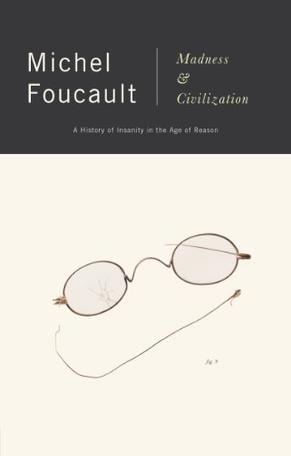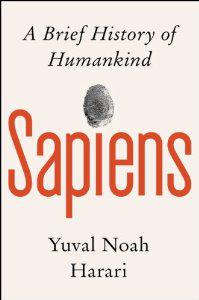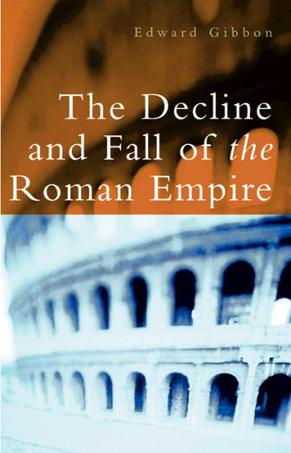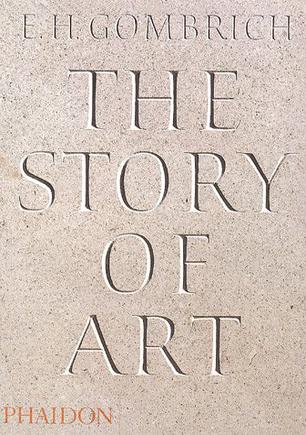-

Madness and Civilization
This was Michel Foucault's first major book, written while he was the Director of the Maison de France in Sweden. It examines ideas, practices, institutions, art and literature relating to madness in Western history. Foucault begins his history in the Middle Ages, noting the social and physical exclusion of lepers. He argues that with the gradual disappearance of leprosy, madness came to occupy this excluded position. The ship of fools in the 15th century is a literary version of one such exclusionary practice, the practice of sending mad people away in ships. However, during the Renaissance, madness was regarded as an all-abundant phenomena because humans could not come close to the Reason of God. As Cervantes' Don Quixote, all humans are ridiculous weak to desires and dissimulation. Therefore, the insane, understood as one who has come too close to God's Reason, was accepted in the middle of society. It is not before the 17th century, in a movement which Foucault famously describes as the Great Confinement, that "unreasonable" members of the population systematically were locked away and institutionalised. In the 18th century, madness came to be seen as the obverse of Reason, that is, as having lost what made them human and become animal-like and therefore treated as such. It is not before 19th century that madness became mental illness that should be cured, e.g. Freud. Later it was demonstrated that the large increase in confinement did not happen in 17th but in the 19th century, somewhat undermining his argument. Foucault also argues that madness during Renaissance had the power to signify the limits of social order and to point to a deeper truth. This was silenced by the Reason of Enlightenment. He also examines the rise of modern scientific and "humanitarian" treatments of the insane, notably at the hands of Philippe Pinel and Samuel Tuke. He claims that these modern treatments were in fact no less controlling than previous methods. Tuke's country retreat for the mad consisted of punishing the madmen until they gave up their commitment to madness. Similarly, Pinel's treatment of the mad amounted to an extended aversion therapy, including such treatments as freezing showers and use of a straitjacket. In Foucault's view, this treatment amounted to repeated brutality until the pattern of judgment and punishment was internalized by the patient. -

Sapiens: A Brief History of Humankind
100,000 years ago, at least six human species inhabited the earth. Today there is just one. Us. Homo sapiens. How did our species succeed in the battle for dominance? Why did our foraging ancestors come together to create cities and kingdoms? How did we come to believe in gods, nations and human rights; to trust money, books and laws; and to be enslaved by bureaucracy, timetables and consumerism? And what will our world be like in the millennia to come? In Sapiens, Dr Yuval Noah Harari spans the whole of human history, from the very first humans to walk the earth to the radical - and sometimes devastating - breakthroughs of the Cognitive, Agricultural and Scientific Revolutions. Drawing on insights from biology, anthropology, palaeontology and economics, he explores how the currents of history have shaped our human societies, the animals and plants around us, and even our personalities. Have we become happier as history has unfolded? Can we ever free our behaviour from the heritage of our ancestors? And what, if anything, can we do to influence the course of the centuries to come? Bold, wide-ranging and provocative, Sapiens challenges everything we thought we knew about being human: our thoughts, our actions, our power ... and our future. -

The Decline and Fall of the Roman Empire
Famously sceptical about Christianity, unexpectedly sympathetic to the barbarian invaders and the Byzantine Empire, constantly aware of how political leaders often achieve the exact opposite of what they intend, Gibbon was both alert to the broad pattern of events and the significant revealing detail. Attacked for its enlightened views on politics, sexuality and religion, the first volume was none the less soon to be found 'on every table' and was widely acclaimed for the elegance of its prose. Gripping, powerfully intelligent and wonderfully entertaining, THE HISTORY OF THE DECLINE AND FALL OF THE ROMAN EMPIRE ranks as one of the literary masterpieces of its age. -

Soulstealers
Midway through the reign of Ch'ien-lung emperor, Hungli, mass hysteria broke out. It was feared that sorcerers were roaming the land clipping off the ends of men's queues (braids worn by royal decree) and chanting magical incantations over them in order to steal the souls of their owners. In this book, Kuhn chronicles this epidemic of fear and the official prosecution of soulstealers that ensued, so opening up a window on 18th-century China. The book raises questions not just about China, but also about past human behaviour in general and it demonstates how in any society, a provincial panic can become a national witch-hunt. -

A History of Western Philosophy
Since its first publication in 1945? Lord Russell's A History of Western Philosophy has been universally acclaimed as the outstanding one-volume work on the subject -- unparalleled in its comprehensiveness, its clarity, its erudition, its grace and wit. In seventy-six chapters he traces philosophy from the rise of Greek civilization to the emergence of logical analysis in the twentieth century. Among the philosophers considered are: Pythagoras, Heraclitus, Parmenides, Empedocles, Anaxagoras, the Atomists, Protagoras, Socrates, Plato, Aristotle, the Cynics, the Sceptics, the Epicureans, the Stoics, Plotinus, Ambrose, Jerome, Augustine, Benedict, Gregory the Great, John the Scot, Aquinas, Duns Scotus, William of Occam, Machiavelli, Erasmus, More, Bacon, Hobbes, Descartes, Spinoza, Leibniz, Locke, Berkeley, Hume, Rousseau, Kant, Hegel, Schopenhauer, Nietzsche, the Utilitarians, Marx, Bergson, James, Dewey, and lastly the philosophers with whom Lord Russell himself is most closely associated -- Cantor, Frege, and Whitehead, co-author with Russell of the monumental Principia Mathematica. -

The Story of Art
The most famous and popular book on art ever published, this quintessential "introduction to art" has been a worldwide bestseller for over four decades. In this completely redesigned 16th edition, Gombrich, a true master, combines knowledge and wisdom with a unique gift for communicating his deep love of the subject. 440 illustrations, 376 in color.